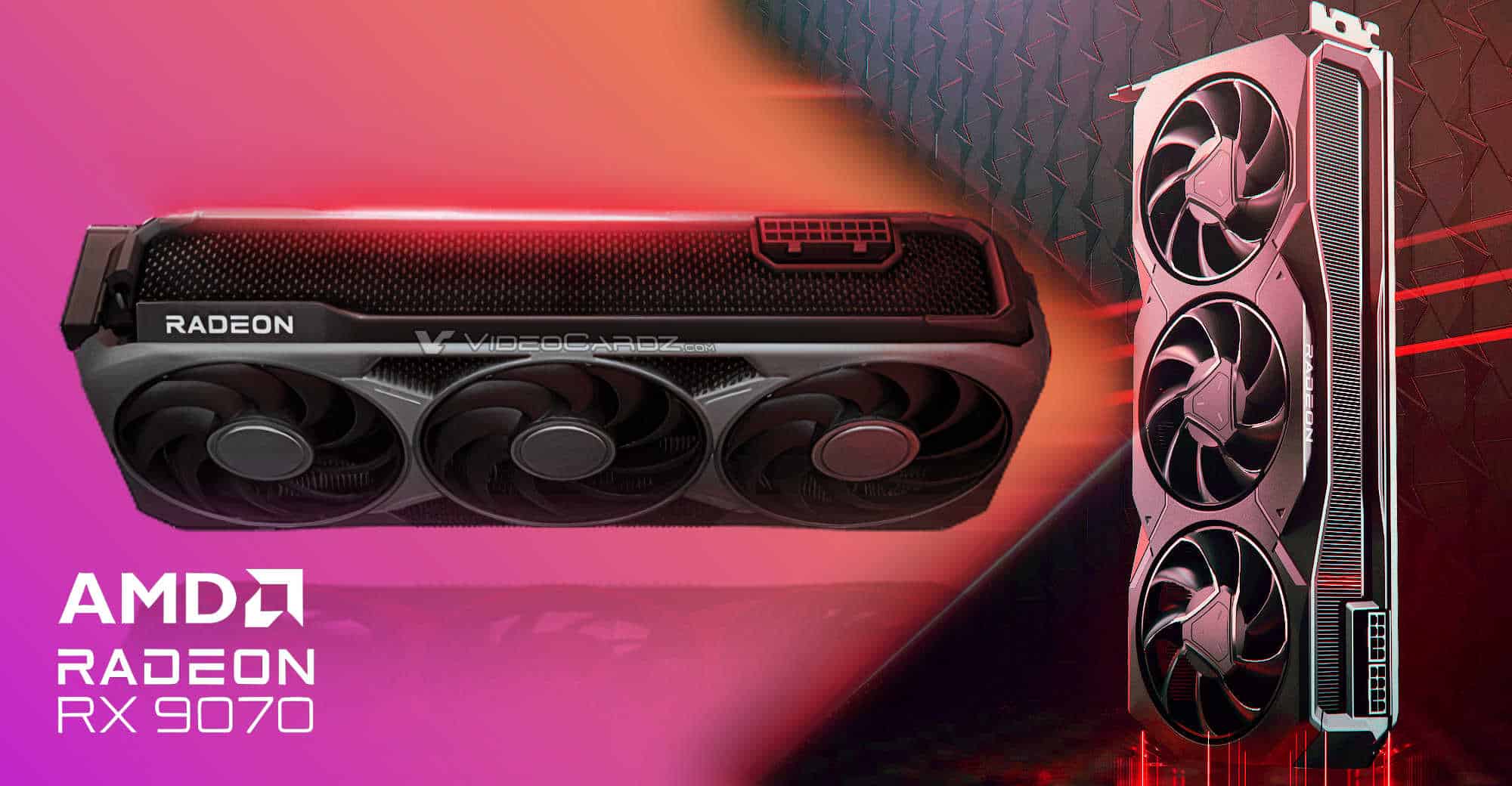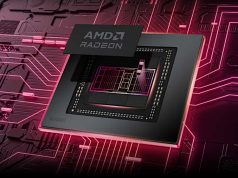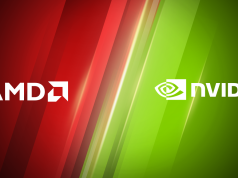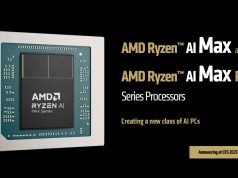Starting with native performance at 4K Ultra settings, the Radeon RX 9070 XT delivers double-digit improvements in games like Call of Duty: Black Ops 6 and Ghost of Tsushima. However, there are a few titles where the RX 5070 Ti edges ahead. For 4K ray tracing without upscaling, the RX 9070 XT outperforms the RX 5070 Ti by 8% in Far Cry 6 and 2% in Marvel’s Spider-Man 2. On the other hand, the RTX 5070 Ti dominates most ray-traced games, with its largest lead in Cyberpunk 2077. Overall, the RX 9070 XT is just 2% slower than the 5070 Ti across a suite of 30+ games, while being $150 cheaper and offering the same VRAM.
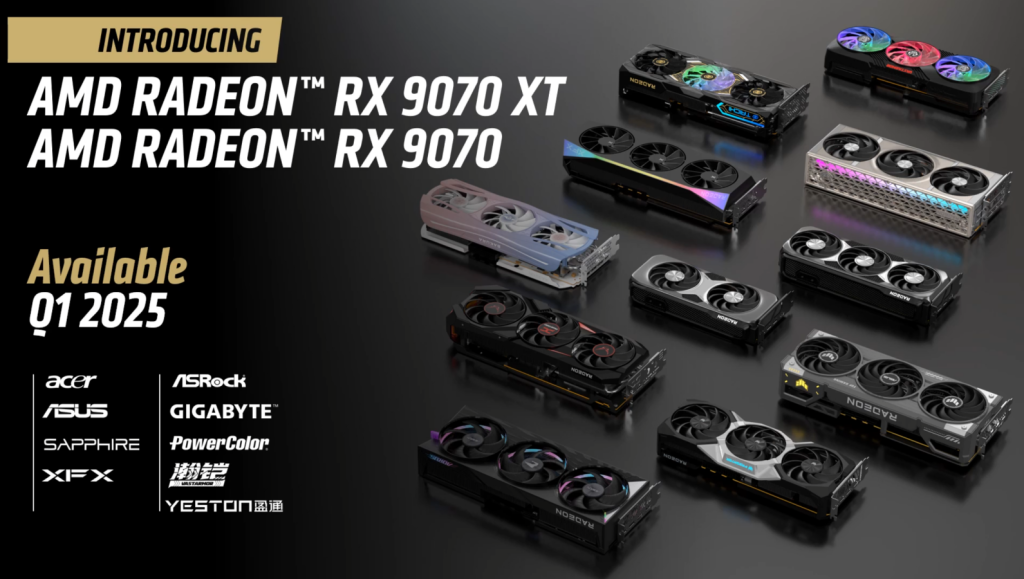
AMD also highlights its custom overclocked (OC) designs provided by AIB partners, which can push the total board power (TBP) to 340W—a 12% increase over the reference 304W specification. These models provide up to 2% better performance compared to the RTX 5070 Ti across the same game benchmarks. While these variants may come at a premium, they still offer a more affordable option compared to the high retail prices of the 5070 Ti, which range between $900 and $1,000+, far above its MSRP.
Finally, in terms of price-to-performance, the AMD Radeon RX 9070 XT is said to deliver a 23% higher value per dollar compared to the RTX 5070 Ti. Once again, this comparison assumes the 5070 Ti’s MSRP, which is rarely reflected in actual retail prices.
Although the NVIDIA GeForce RTX 5070 Ti boasts advanced RTX features, such as DLSS 4 with Multi-Frame Generation (MFG), and slightly better ray tracing performance, the Radeon RX 9070 XT offers competitive results. It stands as a strong option for gamers seeking a new graphics card in the coming months. Full details on the RX 9070 series and AMD’s RDNA 4 GPU innovations can be found here.
















